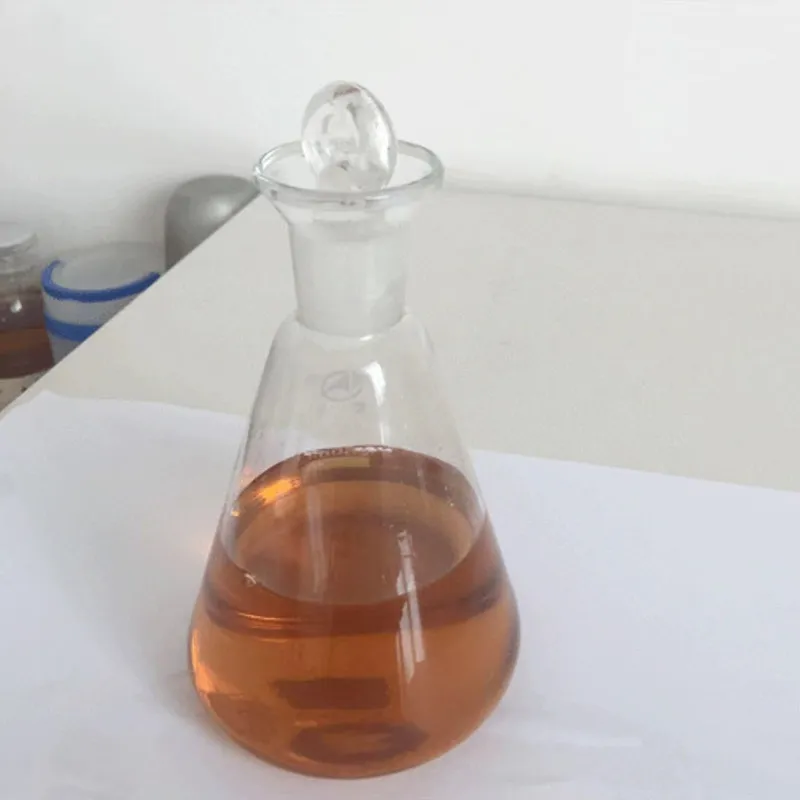
The Relationship Between Ants and Their Use of Formic Acid for Defense
Ants and Formic Acid A Unique Relationship
Ants are fascinating creatures, known for their complex social structures and behaviors. Among their many intriguing traits is the production of formic acid, a naturally occurring compound that plays a crucial role in their survival. Understanding this relationship between ants and formic acid reveals not only the intricacies of ant life but also the broader implications for ecosystems and human uses.
Formic acid is an organic acid that is produced by several ant species, most notably the Formica and Myrmica genera. The name formic is derived from the Latin word formica, meaning ant. This compound serves multiple purposes for ants, acting as a defense mechanism, a means of communication, and even a method for food preservation.
One of the primary uses of formic acid in ants is as a chemical weapon. When threatened, many ant species will excrete formic acid from specialized glands. This potent acid has a strong, pungent odor that can deter predators and rivals, making it an effective defense strategy. The acid can irritate the eyes and mucous membranes of potential threats, ensuring that the ants can fend off invaders, including larger animals and competing ant species.
ants and formic acid

In addition to its defensive properties, formic acid also facilitates communication among ants. Many ant species rely on pheromones—chemical signals used to convey messages to one another. Formic acid can serve as a pheromonal marker, helping ants identify their nestmates or signal alarm in the presence of danger. This communal approach enhances colony cohesion, allowing the ants to work together efficiently when foraging for food or defending their territory.
Interestingly, formic acid not only has implications for ant behavior but also plays a role in the ecological balance. The acid can affect the microbial community in the soil where ants build their nests, promoting the growth of certain bacteria while inhibiting others. This interaction highlights the ants' role as ecosystem engineers, illustrating the interconnectedness of species in nature.
Human interest in formic acid extends beyond its role in an ant's life cycle. The compound is used in various industrial applications, including leather production, textile manufacturing, and as a preservative in livestock feed. Researchers are also exploring its potential in the field of sustainable agriculture, investigating its properties as a natural pesticide that could reduce the reliance on synthetic chemicals.
In conclusion, the relationship between ants and formic acid is a testament to the complexity of nature. Through their production of this remarkable compound, ants not only protect themselves but also enhance their social structures, contribute to ecological balance, and provide insights into potential human applications. As we continue to study these small yet mighty insects, we can gain a deeper appreciation for their contribution to the environment and the opportunities they present for innovation in various fields. Ants and formic acid are indeed a captivating example of nature's ingenuity.
-
nitrile-rubber-honoring-strict-production-standardsNewsAug.22,2025
-
aspartame-ingredients-honoring-food-safety-valuesNewsAug.22,2025
-
fertilizer-for-balanced-plant-nutritionNewsAug.22,2025
-
cyanide-gold-processing-with-high-purity-additivesNewsAug.22,2025
-
formic-acid-in-textile-dyeing-applicationsNewsAug.22,2025
-
aluminum-hydroxide-gel-in-skincare-productsNewsAug.22,2025
-
Regulatory Compliance for Global Mining Chemicals UseNewsAug.12,2025
Hebei Tenger Chemical Technology Co., Ltd. focuses on the chemical industry and is committed to the export service of chemical raw materials.
-

view more DiethanolisopropanolamineIn the ever-growing field of chemical solutions, diethanolisopropanolamine (DEIPA) stands out as a versatile and important compound. Due to its unique chemical structure and properties, DEIPA is of interest to various industries including construction, personal care, and agriculture. -

view more TriisopropanolamineTriisopropanolamine (TIPA) alkanol amine substance, is a kind of alcohol amine compound with amino and alcohol hydroxyl, and because of its molecules contains both amino and hydroxyl. -

view more Tetramethyl Thiuram DisulfideTetramethyl thiuram disulfide, also known as TMTD, is a white to light-yellow powder with a distinct sulfur-like odor. It is soluble in organic solvents such as benzene, acetone, and ethyl acetate, making it highly versatile for use in different formulations. TMTD is known for its excellent vulcanization acceleration properties, which makes it a key ingredient in the production of rubber products. Additionally, it acts as an effective fungicide and bactericide, making it valuable in agricultural applications. Its high purity and stability ensure consistent performance, making it a preferred choice for manufacturers across various industries.





